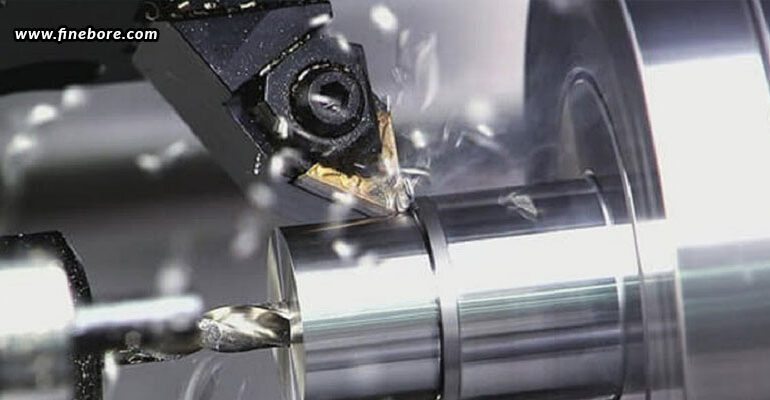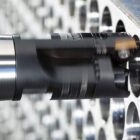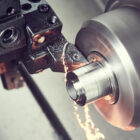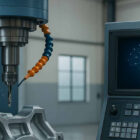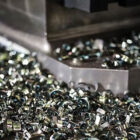Boring is an important machining technique used in many different industries like manufacturing, construction, and automotives, to increase precision and accuracy of the existing holes by enlarging and refinement. A variety of specialized boring instruments are needed in order to complete the task successfully. Let’s talk about the essential boring tools, their roles in the machining process, and how they help to achieve accuracy and efficiency.
Boring bars
The main equipment used in the boring process is boring bars, which are a protruding, long bar with one or more cutting inserts attached to the end. Boring bars are tools that remove material from a hole’s interior walls so that it can be enlarged or refined to the required diameter. These bars are available in a variety of types, including solid, carbide, and indexable insert bars, offering versatility and adaptability to different boring operations.
Boring heads
Another crucial equipment in the boring process is the boring head, especially for holes with larger diameters. They provide the necessary adjustments for precision drilling. Numerous cutting edges are frequently present in boring heads, which can be altered for various diameters, depths, and angles. They enable reliable and consistent outcomes by enabling exact control over the machining parameters.
Boring machines
Boring machines carry out the actual operation of boring. They exist in several varieties, such as jig boring machines, horizontal boring machines, and vertical boring machines. For accurate boring, these machines offer the rigidity, stability, and precision needed. They frequently have sophisticated control systems that enable automated and programmed processes, increasing productivity and repeatability even more.
Boring inserts
Boring inserts, which are replaceable cutting tips installed onto the boring bars, are available in a variety of forms, dimensions, and materials, including coated, ceramic, and carbide inserts. The tremendous cutting pressures and heat produced during the boring operation can be handled by these boring inserts. These inserts contribute to effective material removal and increased tool life by offering cutting edges that are razor-sharp and good chip management.
Honing tools
The final step of the boring process involves the use of honing tools to produce a superior surface finish and dimensional accuracy. Abrasives are used during honing to smooth out the surface texture of the hole. Honing stones, mandrels, and machines are a few examples of the several types of honing tools. They eliminate any flaws that are still there to guarantee the appropriate surface smoothness and precise tolerances.
In order to achieve accuracy and efficiency in machining processes, boring tools are essential. Every tool, from boring bars and heads to inserts and honing tools, has a specialized purpose in precisely enlarging or refining holes. Machinists may obtain exact measurements, smooth surface finishes, and fulfil tight tolerances by using these crucial boring equipment. Furthermore, the availability of sophisticated boring machines and automated systems improves the boring process’ productivity and consistency. Businesses can optimize their machining operations and provide their consumers with high-quality goods by having a clear understanding of the significance of these equipment and how to use them properly. Along with that, it is also essential that they partner with reliable boring tools suppliers in Bangalore, one like FineTech Toolings, to ensure that they obtain only high-quality, genuine, and certified products.

